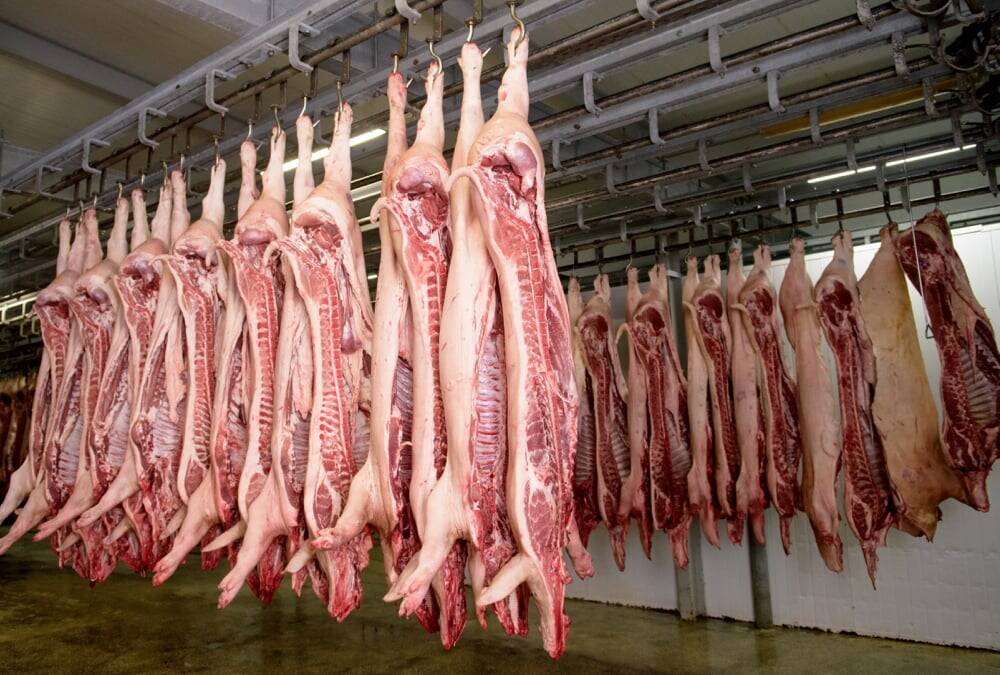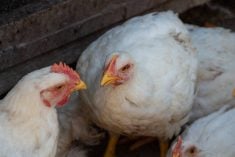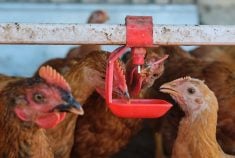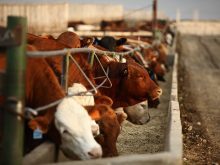Researchers from Cornell University have determined how cows infected with H5N1 bird flu were able to spread the virus to other cows and mammals.
In the study published in the journal Nature on July 24, scientists used genomic data, computer modeling, and data about the virus’s spread to show how infected cows from Texas spread bird flu to otherwise healthy cows in Ohio, as well as cats, wild birds, and a raccoon in the area. The raccoon and the cats were likely infected from drinking raw milk from the infected cows, while the wild birds may have contracted the virus from environmental contamination or aerosols kicked up into the air during milking or cleaning.
Read Also

U.S. livestock: Lean hogs tick down on supply numbers, year-end positioning
Chicago | Reuters – Chicago Mercantile Exchange live cattle and lean hog futures fell while feeder cattle futures rose on…
Cornell professor Diego Diel, one of the study’s authors, said it is one of the few times there was “evidence of efficient and sustained mammalian-to-mammalian transmission.” Multiple spillovers from mammal to mammal can increase the likelihood of the virus mutating and spreading to humans. While genetic analysis so far has shown no signs of enhanced transmissibility to humans, monitoring is crucial.
The United Nations Food and Agriculture Organization (FAO) called for an urgent and immediate response on July 25 to a rise of bird flu infections in humans and animals in the Asia-Pacific region.
“Since late 2023, we have observed a rise in human cases and the virus spreading to new animal species,” said Kachen Wongsathapornchai, regional manager of the FAO’s Emergency Centre for Transboundary Animal Diseases. “The emergence of novel H5N1 strains, which are more easily transmissible, increases the pandemic threat. Immediate, coordinated preventive measures are essential.”
Since late 2023, 13 human infections have been reported in Cambodia, along with cases in China and Vietnam. Indonesia, India, Nepal, Bangladesh and the Philippines have also shown signs of outbreaks.
In the United States since 2022, 11 individuals were confirmed to be infected with bird flu with five confirmed to be from H5N1, according to the U.S. Centers for Disease Control and Prevention. Bird flu in wild birds were found in all 50 states, with 48 seeing outbreaks in poultry and 13 having outbreaks in dairy cows. So far, more than 100 million poultry, more than 9,500 wild birds and 169 dairy herds were affected by the virus.
In Canada, there have been no cases detected in humans or dairy cattle.
















